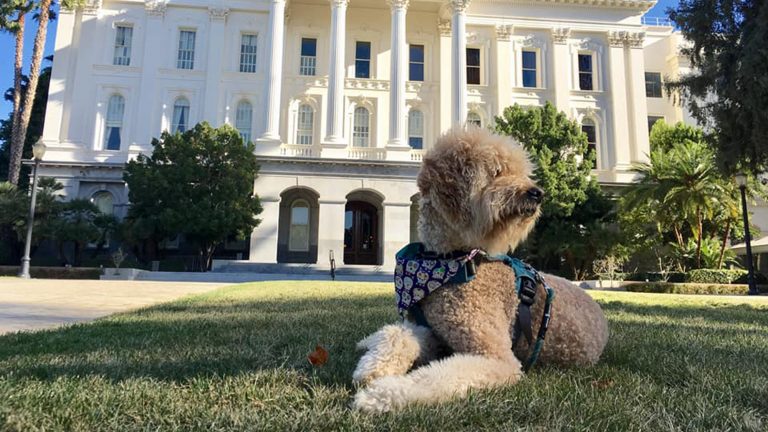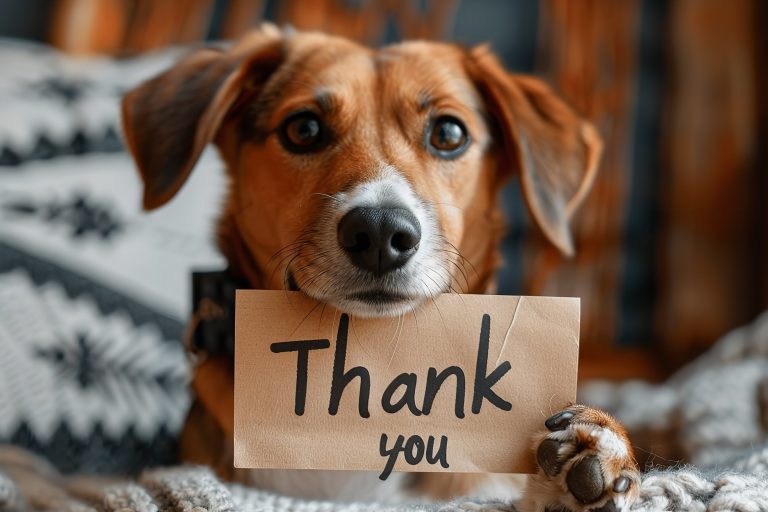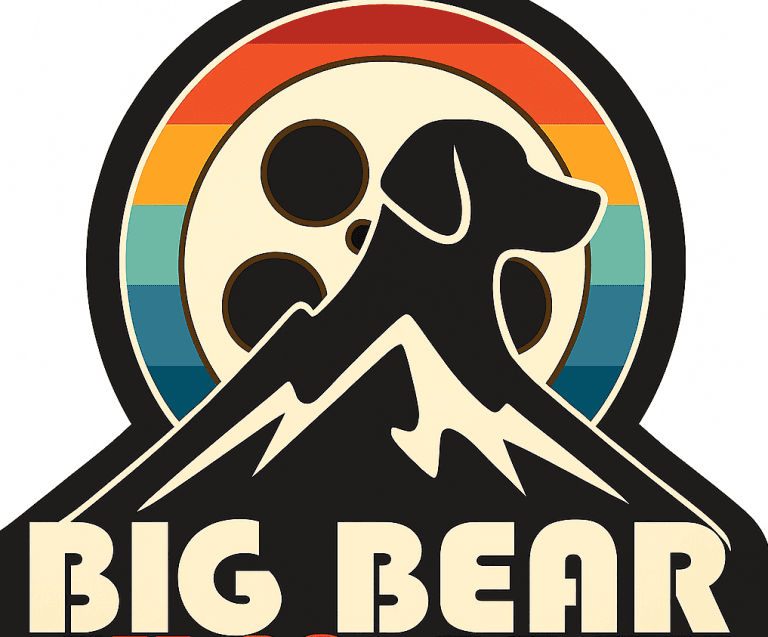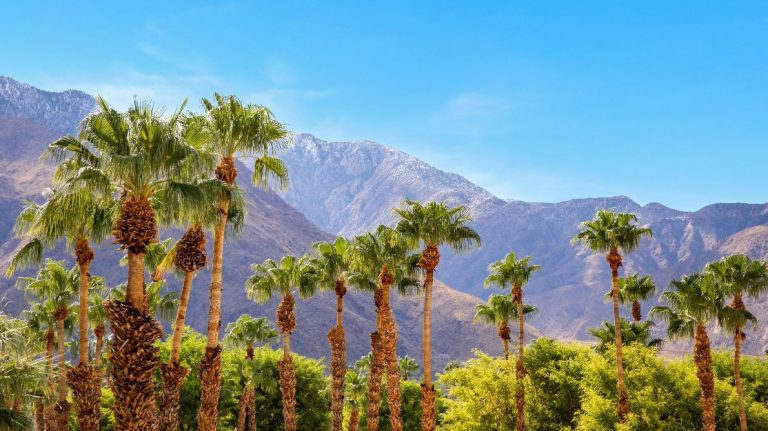Our rescue dog Bella, who came to us from Rocket Dog Rescue, was a world-class escape artist. There was no gate she couldn’t get through, no fence she couldn’t scale or jump, no harness she couldn’t wiggle out of. Bella taught us a lot about finding escaped dogs. And she hated the Fourth of July. Then there was the time some nice lady found her, fed her cat food, and tracked us down from her tags. That was messy.
Every Fourth of July, fireworks and celebrations can be overwhelming for dogs, leading many to panic and run away. If your dog goes missing, it’s crucial to have a plan in place to maximize your chances of a quick reunion. Here are some essential tips and strategies to help you find your lost dog.
Stay calm and act quickly
When you realize your dog is missing, the first thing you need to do is stay calm and organized. Panic can cloud your judgment, making it harder to take effective action. Start by reporting your pet missing through a pet recovery service. This ensures that all relevant information is immediately available and that they can help spread the word. Make sure your contact details are up-to-date and include an alternate contact.
Leverage social media and local resources
Creating and distributing lost pet posters is another immediate step. Use templates available online, ensuring you include a recent photo, a clear description of your dog, any unique markings, and your contact information. Avoid mentioning terms like “show dog” or offering a specific monetary reward to prevent attracting scammers.
Leverage social media platforms like Facebook, Instagram, and Nextdoor to post about your lost dog. Share in local community groups, and encourage friends and family to do the same. The more people who know, the better your chances of finding your dog quickly. Additionally, call nearby animal shelters, veterinary clinics, and animal control facilities. Provide them with a detailed description and a photo of your dog. Some facilities may allow you to leave flyers with them.
Special considerations for the Fourth of July
If your dog runs away on the Fourth of July, there are specific steps you can take to find her. Start by searching your neighborhood immediately, focusing on quiet areas where a scared dog might hide. Call your dog’s name and use familiar sounds like treat bags or toys to attract her attention. Create and distribute flyers with a clear, recent photo of your dog, her name, and your contact information. Post these around your neighborhood, local businesses, and veterinary offices.
Utilize social media and online resources by posting about your lost dog on local community pages, lost pet groups, and platforms like Craigslist. Use websites specifically designed for reporting lost pets, such as PetFBI.org. Reach out to nearby animal shelters, humane societies, and animal control offices, providing them with your dog’s description and checking their facilities regularly. Place your dog’s bed, toys, or an article of your clothing outside your home to help guide her back with familiar scents. Set out your dog’s favorite food or treats near your home to lure her back. Intensify your search efforts during early morning and evening hours when dogs are often more active. Keep searching and checking with shelters for several days or even weeks, as many dogs are found after extended periods.
How to keep your dog calm during fireworks
Fireworks can be stressful for dogs. Here are some of the best ways to keep your dog calm during fireworks:
- Create a safe space: Set up a quiet, comfortable area away from windows where your dog can retreat. Include their bed, favorite toys, and blankets.
- Use sound masking: Play calming music, white noise, or turn on the TV to help drown out firework sounds.
- Close windows and curtains: This helps muffle noise and block out flashes of light.
- Provide distractions: Offer puzzle toys, chews, or Kongs stuffed with treats to keep your dog occupied.
- Stay calm yourself: Dogs can pick up on your anxiety, so remain relaxed and act normally.
- Consider anxiety aids: Try products like ThunderShirts, pheromone diffusers, or calming supplements. Consult your vet about anti-anxiety medications if needed.
- Exercise earlier in the day: Take your dog for a long walk or play session before fireworks are likely to start.
- Don’t leave them alone: Stay with your dog to provide comfort and reassurance.
- Use desensitization techniques: In the weeks leading up to firework events, play firework sounds at low volumes while giving treats to create positive associations.
- Ensure proper identification: Make sure your dog’s collar and microchip information are up-to-date in case they do escape.
Remember, every dog is different, so you may need to try a combination of these methods to find what works best for your pet. If your dog’s anxiety is severe, consult with your veterinarian for additional guidance and treatment options.
The benefits of Thundershirts
I scoffed at these things when they were introduced. But they work. They really do. Thundershirts work to calm dogs during stressful events through a combination of physical and physiological effects. The Thundershirt applies gentle, constant pressure around the dog’s torso, similar to swaddling an infant or using a weighted blanket for humans. This pressure is believed to activate the parasympathetic nervous system, which helps counteract the “fight or flight” response associated with stress and anxiety. Studies have shown that properly fitted Thundershirts can help reduce the increase in heart rate typically seen during stressful situations and lead to fewer anxiety-related behaviors like tongue-flicking and yawning.
However, Thundershirts are most effective when fitted properly, used in conjunction with other anxiety management techniques, and introduced gradually to allow the dog to associate it with positive experiences.
Tracking collars in rural areas
In rural areas, cellular and Wi-Fi tracking collars can be unreliable due to coverage issues, and Bluetooth tracking devices face similar challenges because of their limited range. For pet owners in these areas, satellite collars can be a viable alternative. Satellite collars use GPS technology to provide real-time tracking of your dog’s location. They communicate with satellites to triangulate the exact position of your pet, providing more reliable coverage in remote areas where cellular and Wi-Fi signals may be weak or non-existent. While satellite collars are more expensive than their cellular counterparts, they offer wide coverage and precise location tracking, making them ideal for rural settings. Ensure the collar has a long battery life and fits your dog comfortably without causing irritation or discomfort.
Extra tips for finding your lost dog
If your dog loves to go for a car ride, use that behavior to your advantage. If you see your dog, open your car door. Many dogs will jump in, eager for a ride. Shaking a container of kibble can also work to attract your dog. Over the years, many runaway pets have been retrieved using these simple tricks.
Keep hope alive
Finding a lost dog can be stressful, but many dogs are reunited with their owners, especially when microchipped and registered. By following these steps and utilizing resources available from pet recovery services, you enhance the likelihood of bringing your beloved dog back home. Remember, many dogs that run away during fireworks are found safe. Stay persistent in your search efforts and don’t lose hope. For more detailed guidance and resources, visit pet recovery websites or consult your local animal shelter.










